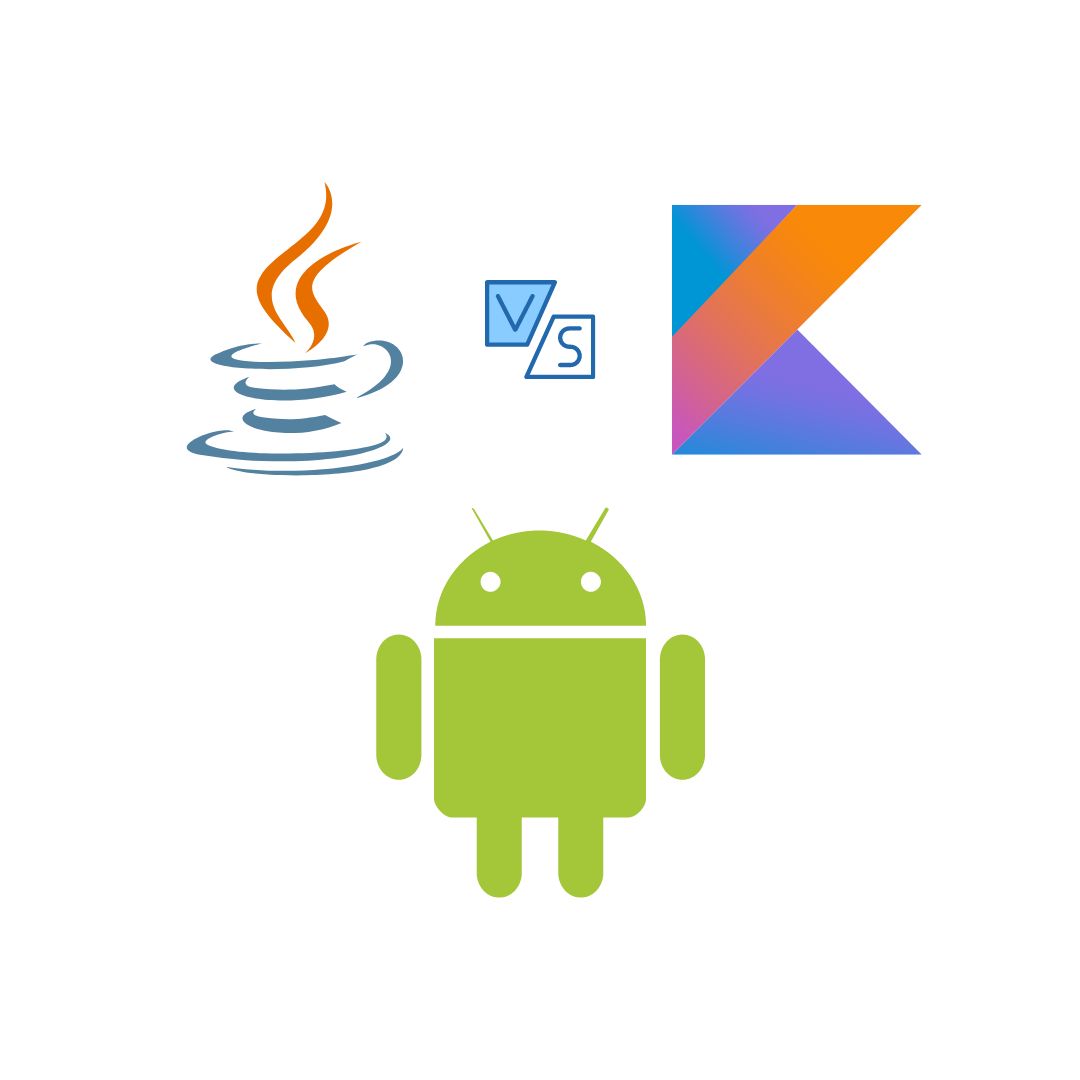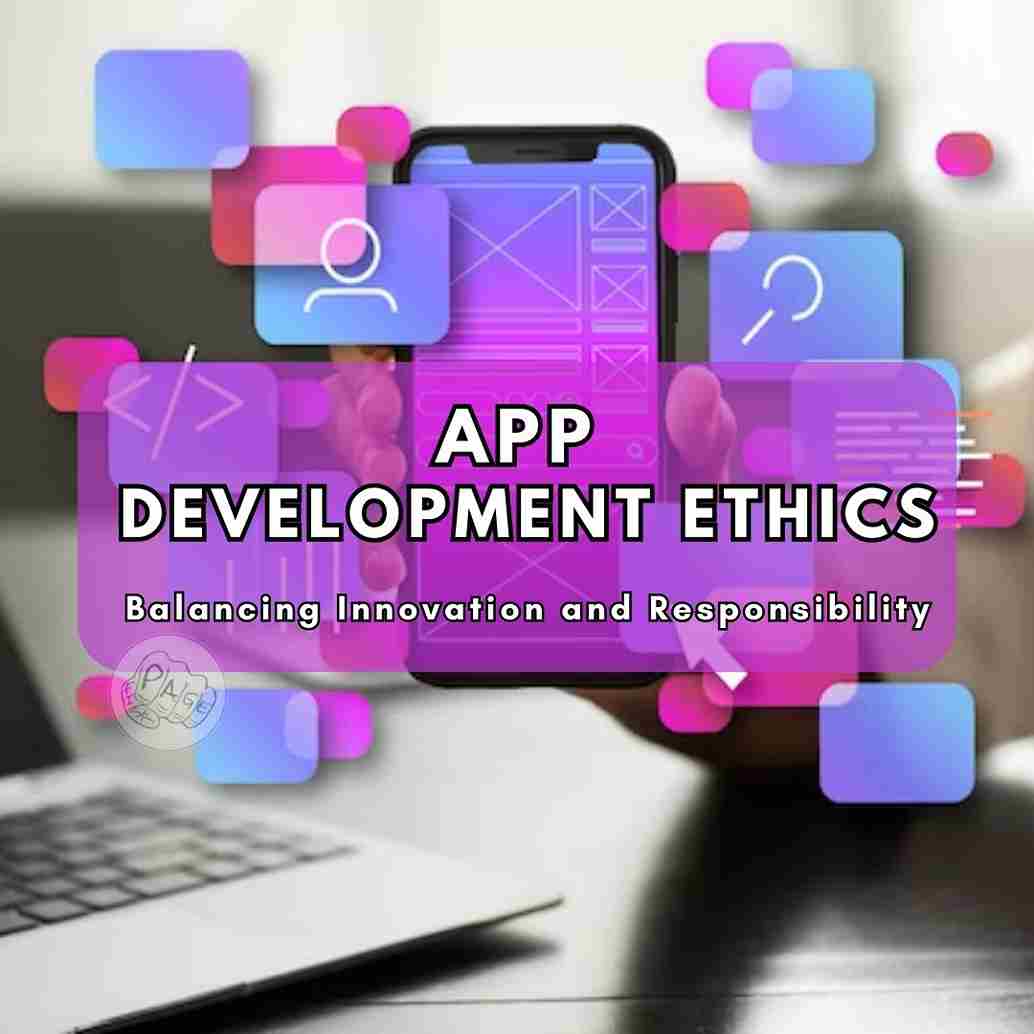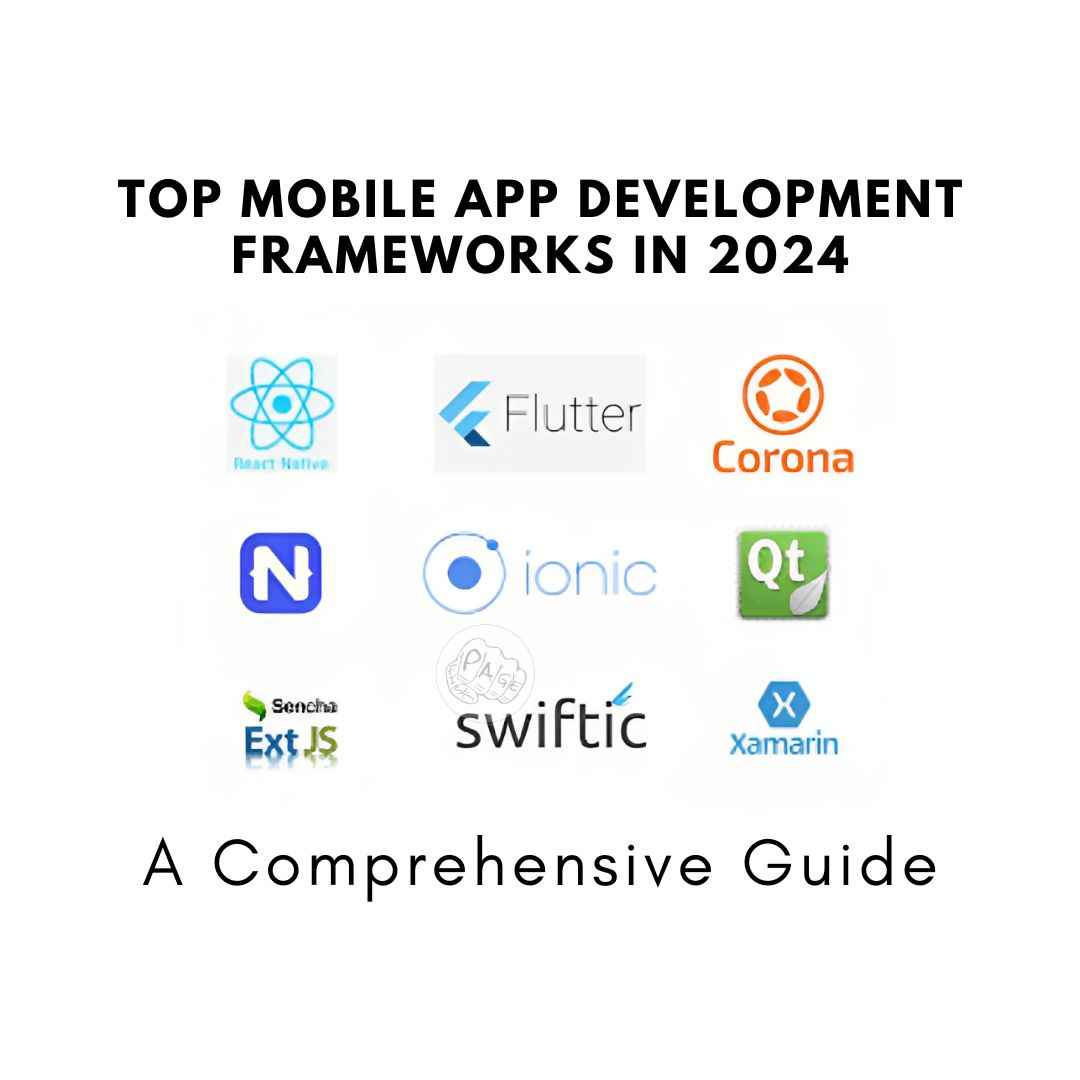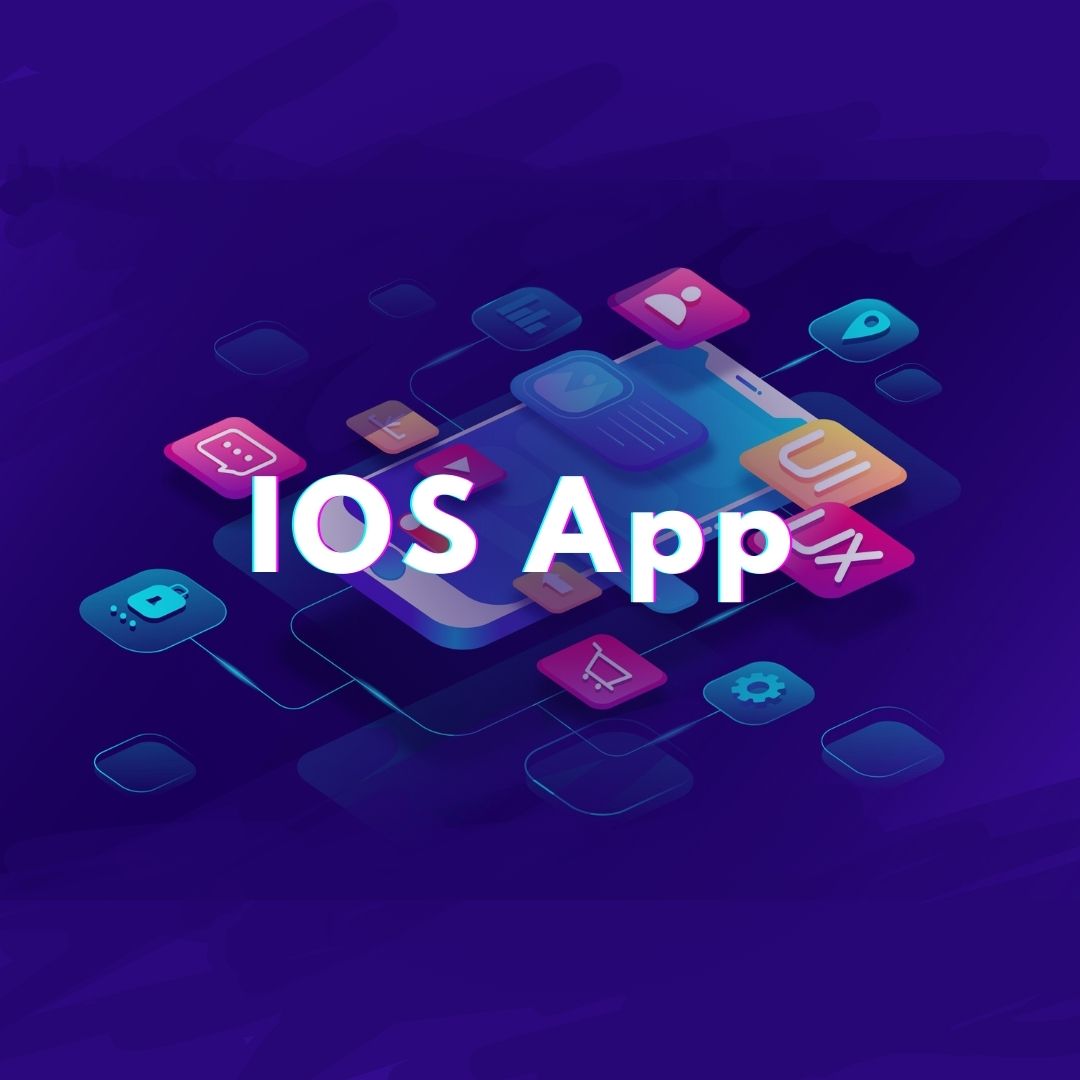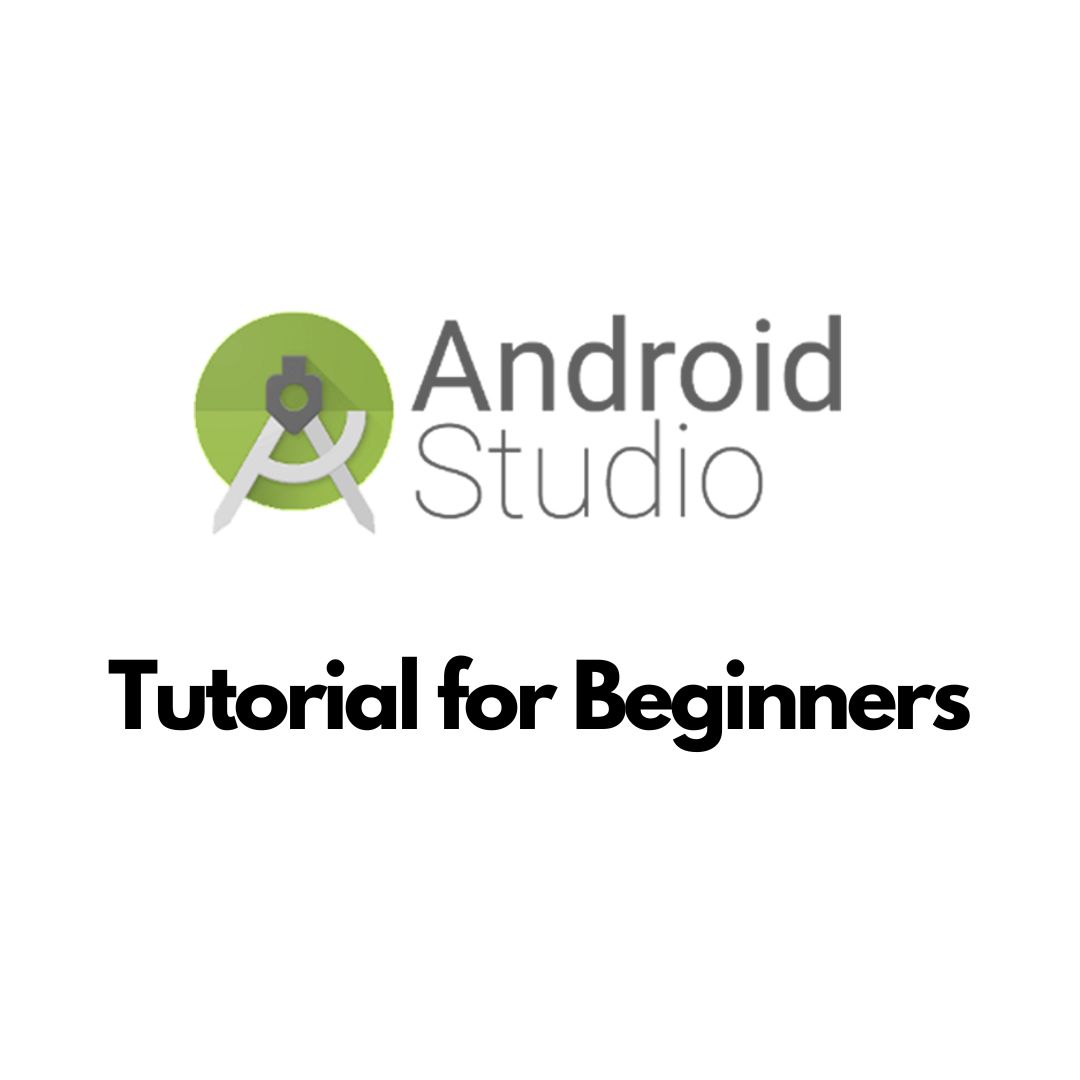Java vs Kotlin for Android: A Comparison of the Two Popular Programming Languages
Java and Kotlin are two popular programming languages for developing Android applications. Both languages have their own advantages and disadvantages, and choosing between them depends on various factors such as project requirements, developer preferences, code readability, performance, compatibility, and support. In this article, we will compare some of the main features and differences of Java and Kotlin for Android development.
If you are an Android developer, you might have wondered which programming language is better for developing Android applications: Java or Kotlin? Both languages have their pros and cons, and choosing one over the other depends on various factors such as your project requirements, your personal preferences, and your level of expertise. In this blog post, we will compare Java and Kotlin for Android development based on some common criteria such as syntax, performance, compatibility, interoperability, and community support. We hope that this comparison will help you make an informed decision about which language to use for your next Android project.
Syntax
One of the most noticeable differences between Java and Kotlin is their syntax. Java is a verbose language that requires a lot of boilerplate code and repetition. For example, to create a simple class in Java, you need to write something like this:
public class Person {
private String name;
private int age;
public Person(String name, int age) {
this.name = name;
this.age = age;
}
public String getName() {
return name;
}
public void setName(String name) {
this.name = name;
}
public int getAge() {
return age;
}
public void setAge(int age) {
this.age = age;
}
}
As you can see, there is a lot of code that does not add much value to the functionality of the class. You need to declare the fields, the constructor, the getters and setters, and the access modifiers for each of them.
Kotlin, on the other hand, is a concise language that reduces the amount of boilerplate code and repetition. To create the same class in Kotlin, you only need to write one line of code:
data class Person(val name: String, var age: Int)
Kotlin automatically generates the fields, the constructor, the getters and setters, and the equals(), hashCode(), toString(), and copy() methods for you. You can also use val or var to indicate whether a property is immutable or mutable.
Another example of how Kotlin simplifies the syntax is the use of null safety. In Java, you need to check for null values explicitly using if statements or try-catch blocks. For example:
String name = person.getName();
if (name != null) {
System.out.println(name.length());
} else {
System.out.println("Name is null");
}
This can be tedious and error-prone, as you might forget to handle null cases or introduce NullPointerExceptions.
Kotlin avoids this problem by using nullable and non-null types. A nullable type can hold a null value, while a non-null type cannot. You can indicate a nullable type by adding a question mark (?) after the type name. For example:
val name: String? = person.name
println(name?.length ?: "Name is null")
In this case, the name is a nullable type that can be null or a string. The safe call operator (?.) checks if name is null before accessing its length property. If it is null, it returns null instead of throwing an exception. The elvis operator (?:) provides a default value in case the left-hand side expression is null. This way, you can handle null values in a concise and safe way.
Performance
Another important factor to consider when choosing a programming language is its performance. Performance can be measured in terms of speed, memory consumption, battery usage, etc.
Java and Kotlin have similar performance in most cases, as they both run on the same virtual machine (the Java Virtual Machine or JVM). However, there are some cases where Kotlin can offer better performance than Java.
One of these cases is lambda expressions. Lambda expressions are anonymous functions that can be passed as arguments or assigned to variables. They are useful for writing concise and functional code. For example:
List names = Arrays.asList("Alice", "Bob", "Charlie");
names.forEach(name -> System.out.println(name));
In this example, we use a lambda expression to print each element of a list of names.
Java supports lambda expressions since version 8, but they are implemented using anonymous inner classes under the hood. This means that each lambda expression creates a new object at runtime, which consumes memory and affects garbage collection.
Kotlin also supports lambda expressions, but they are implemented using function types and inline functions. This means that no extra objects are created at runtime, which reduces memory consumption and improves performance.
Another case where Kotlin can offer better performance than Java is smart casts. Smart casts are a feature that allows the compiler to automatically cast a variable to its appropriate type based on the context. For example:
fun printLength(obj: Any) {
if (obj is String) {
// obj is automatically cast to String
println(obj.length)
}
}
In this example, we define a function that takes an object of any type as an argument and prints its length if it is a string. Kotlin automatically casts obj to String inside the if block, so we don't need to do it explicitly.
Java does not have smart casts, so we need to cast obj to String manually using the instanceof operator and a cast expression. For example:
void printLength(Object obj) {
if (obj instanceof String) {
// obj needs to be cast to String
System.out.println(((String) obj).length());
}
}
This can be less readable and more error-prone, as we might forget to cast or cast to the wrong type.
Compatibility
Another factor to consider when choosing a programming language is its compatibility with existing code and libraries. Compatibility can be measured in terms of backward compatibility, forward compatibility, and interoperability.
Backward compatibility means that the new version of a language or a library can work with the old version without breaking any functionality. Forward compatibility means that the old version of a language or a library can work with the new version without breaking any functionality. Interoperability means that two different languages or libraries can work together seamlessly.
Java and Kotlin have high compatibility with each other, as they both run on the same platform (the JVM) and use the same bytecode format. This means that they have backward compatibility, forward compatibility, and interoperability.
Backward compatibility means that you can use Java code and libraries in Kotlin projects without any issues. For example, you can use the standard Java library, the Android SDK, or any third-party Java library in your Kotlin code.
Forward compatibility means that you can use Kotlin code and libraries in Java projects without any issues. For example, you can use the standard Kotlin library, the Kotlin Android Extensions, or any third-party Kotlin library in your Java code.
Interoperability means that you can mix Java and Kotlin code in the same project without any issues. For example, you can call Java methods from Kotlin classes, or vice versa. You can also inherit from Java classes in Kotlin classes, or vice versa.
Community Support
The last factor to consider when choosing a programming language is its community support. Community support can be measured in terms of popularity, documentation, tutorials, forums, blogs, podcasts, etc.
Java and Kotlin have different levels of community support, as they have different histories and adoption rates.
Java is one of the oldest and most popular programming languages in the world. It was created in 1995 by James Gosling at Sun Microsystems. It has been widely used for various purposes such as web development, desktop development, enterprise development, and mobile development. It has a large and active community of developers, users, and contributors. It has a rich and comprehensive documentation, tutorials, forums, blogs, podcasts, etc.
Kotlin is one of the newest and most popular programming languages in the world. It was created in 2011 by JetBrains, a company that develops software development tools such as IntelliJ IDEA. It has been designed to be a modern and pragmatic alternative to Java for various purposes such as web development, desktop development, enterprise development, and mobile development. It has a growing and enthusiastic community of developers, users, and contributors. It has a clear and concise documentation, tutorials, forums, blogs, podcasts, etc.
Conclusion
In conclusion, Java and Kotlin are both powerful and popular programming languages for developing Android applications. They have their pros and cons based on various factors such as syntax, performance, compatibility, and community support. Choosing one over the other depends on your project requirements, your personal preferences, and your level of expertise.
We hope that this blog post has helped you understand the differences between Java and Kotlin for Android development. If you have any questions or feedback, please feel free to leave a comment below.
Share This Post
Related Articles
App Development for Beginners
If you are interested in app development but have no prior experience, this guide will help you get started. App development is the process of creating software applications that run on various devices, such as smartphones, tablets, computers, or smartwatches. There are many tools and platforms that you can use to create apps, depending on your goals, preferences, and skills.
App Development Ethics: Balancing Innovation and Responsibility
Dive into the world of app development ethics, where innovation and responsibility intersect. Explore the challenges, dilemmas, and solutions in this ever-evolving digital landscape.
Top Mobile App Development Frameworks in 2024: A Comprehensive Guide
Explore the top mobile app development frameworks in 2024, including Swiftic, Native Scripts, React Native, Xamarin, Ionic, Sencha Ext JS, Onsen UI, Flutter, Corona, and JQuery Mobile. Learn which framework suits your project's needs and stay ahead in the ever-evolving world of mobile app development.
Develop iPhone App and Become an IOS Mobile App Developer
If you want to develop an iPhone app, you need to have some basic skills and tools. First, you need to know how to code in Swift, the official programming language for iOS. Swift is a modern and powerful language that lets you create fast and responsive apps. Second, you need to have a Mac computer and Xcode, the integrated development environment (IDE) for iOS. Xcode is where you write, test, debug, and deploy your app. Third, you need to have an Apple Developer account and a device to test your app on. An Apple Developer account lets you access the App Store, where you can distribute your app to millions of users. A device, such as an iPhone or an iPad, lets you see how your app looks and works on a real screen.
Android Studio Tutorial for Beginners
If you are new to Android development and want to learn how to create your own apps, this tutorial is for you. In this tutorial, you will learn how to use Android Studio, the official integrated development environment (IDE) for Android, to create a simple app that displays a message on the screen. You will also learn some basic concepts and skills of Android development, such as creating layouts, adding widgets, running and debugging your app, and more.
Related FAQ
No related FAQ.
Say Hello
To Your Dream
